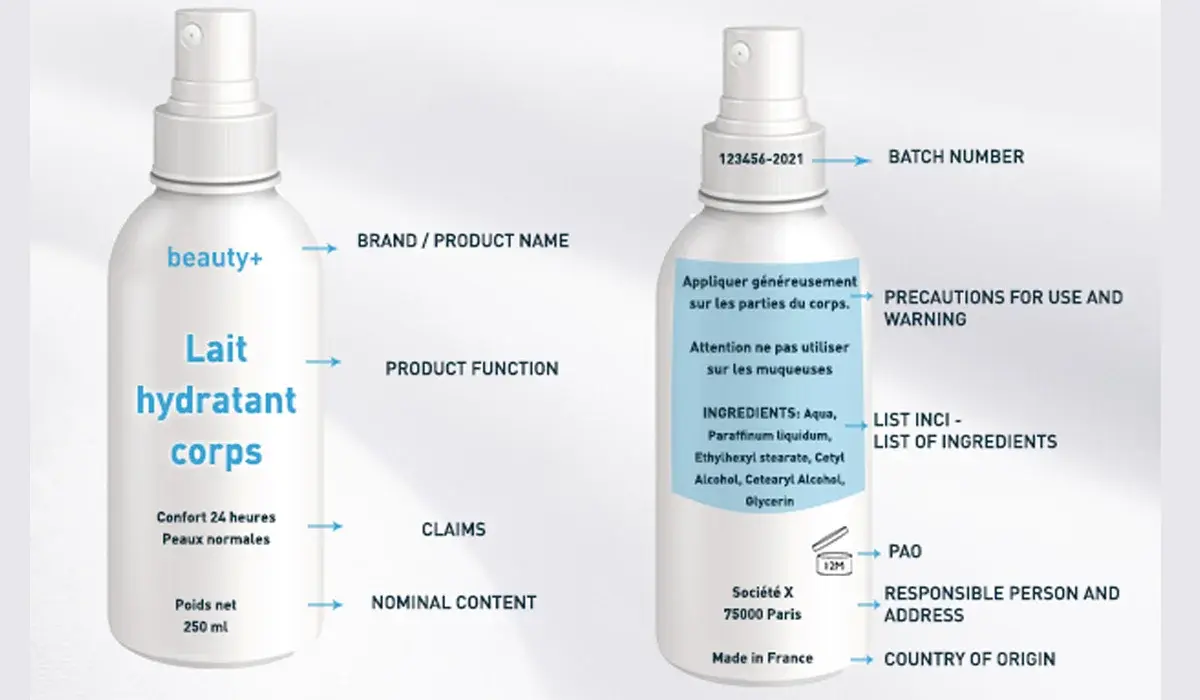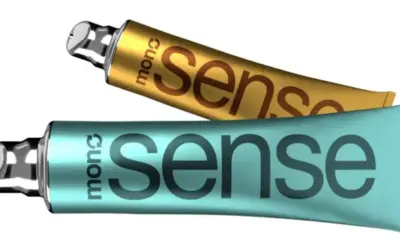Policy & Regulation
Cosmed Calls for Accurate Product Labeling Aligned with Regulations

Cosmed Labeling Law Compliance: Navigating Regulatory Frameworks in the Cosmetics Industry
As consumer demand for ethically produced and environmentally conscious products grows, Cosmed Labeling Law Compliance becomes critical for cosmetic brands. Cosmetic companies must adhere to clear regulations to avoid greenwashing, misinformation, and legal risks. These regulations ensure that beauty brands remain transparent, truthful, and accountable when it comes to labeling claims, particularly those surrounding environmental and ethical issues.
The Importance of Cosmed Labeling Law Compliance
In the current cosmetic market, terms like “clean,” “natural,” and “cruelty-free” are at the forefront of marketing strategies. However, these claims can often be misleading or misunderstood. The Cosmed Labeling Law Compliance focuses on preventing misleading product claims that could confuse consumers or unfairly discredit legally permitted ingredients. Compliance with EU Regulation (EU) No 655/2013 and Directive (EU) 2024/825 is essential for ensuring claims are truthful, evidence-based, and verifiable.
Understanding the Regulatory Framework
EU Regulation No 655/2013 requires that cosmetic claims be truthful and not misleading. This regulation mandates that brands back their claims with solid evidence. Meanwhile, Directive (EU) 2024/825 emphasizes that environmental claims like “eco-friendly” must be specific, verifiable, and supported by performance data. The objective is to protect consumers from exaggerated or false claims while ensuring fair competition among brands.
Caroline Bassoni, the Director of Regulatory Affairs at Cosmed, highlights the complexity of compliance. She states that collaboration between regulatory, marketing, and consumer science teams is crucial to ensure full adherence to these regulations.
Transparency in Cosmetic Labeling
Consumers are increasingly demanding transparency in product labeling. Common claims like “free from” (e.g., free from parabens or endocrine disruptors) need to be backed by evidence, or they risk misleading the public. The Cosmed Labeling Law Compliance requires that claims made on packaging, such as “free from parabens,” must not create false impressions about an ingredient’s safety, especially when these ingredients are permitted under EU law.
Similarly, when brands claim products contain beneficial ingredients like “with hyaluronic acid,” they must meet substantiation criteria. This means the ingredient must be present at a specific concentration and demonstrate its intended effect. Cosmed emphasizes that it’s not enough for brands to list trending ingredients; there must be scientific proof of their benefits.
The Risks of Non-Compliance
The French Directorate-General for Competition, Consumer Affairs, and Fraud Control (DGCCRF) has reported that many cosmetic brands fail to meet legal standards for claims. For instance, 40% of “free from” claims and 33% of “with” claims were found non-compliant during inspections. As a result, enforcement efforts are becoming stricter. France is transitioning from educational campaigns to more aggressive actions against brands that cannot justify their claims.
Caroline Bassoni warns that brands need to carefully consider how their claims will be perceived by consumers. It is vital to avoid grey areas in the law and ensure that the claims align with consumer expectations.
The Challenge of Clean Beauty and Cruelty-Free Claims
The clean beauty movement has encouraged many brands to promote transparency and sustainability, but it has also created confusion due to the lack of standardized definitions. As Bassoni notes, while clean beauty claims are not inherently harmful, they can lead to consumer confusion if not clearly defined. Brands need to be specific and fair in their claims.
Similarly, cruelty-free claims pose challenges. While animal testing for cosmetics is banned in the EU, the term “cruelty-free” is not compliant unless it’s supported by additional verifiable benefits. As Bassoni explains, such claims often convey that a product has a specific benefit when it simply meets legal requirements. Therefore, brands must tread carefully when using these terms.
Tackling Greenwashing
Greenwashing is another major issue in the cosmetics industry. It refers to the use of vague, unverified environmental claims that can mislead consumers into thinking a product is more eco-friendly than it truly is. Directive 2024/825 seeks to curb this problem by requiring that claims like “eco-friendly” or “CO2 neutral” be specific and backed by verifiable data.
While Bassoni believes that most cosmetic brands already follow the requirements of EU Regulation 655/2013, the introduction of the Green Claims Directive could bring even more changes. This directive could require third-party certification for some environmental claims, pushing brands to adopt higher standards for sustainability.
Moving Forward: Stay Compliant and Transparent
The Cosmed Labeling Law Compliance is essential for cosmetic brands aiming to remain competitive and credible in a market that increasingly values transparency. Regulatory frameworks like EU Regulation 655/2013 and Directive 2024/825 ensure that claims are truthful and not misleading. Brands must carefully evaluate their labeling practices to avoid greenwashing and non-compliance risks.
Explore more news on this website to stay updated on the latest developments in cosmetic regulation and how brands can meet evolving consumer demands for transparency and sustainability.





















